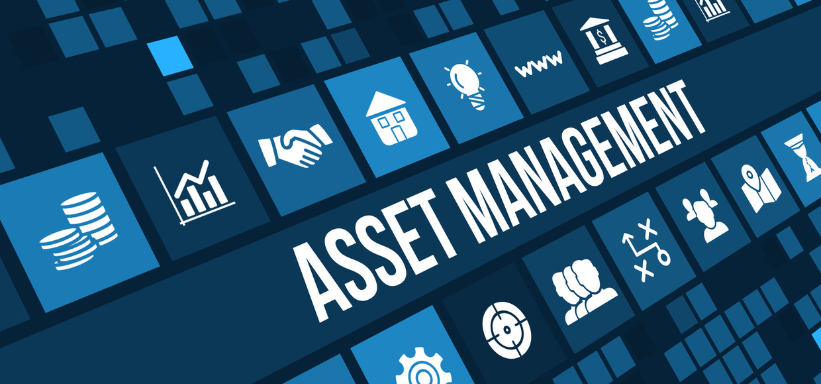Executive Summary
-
Explore how digital asset management is reshaping modern wealth preservation.
-
Learn five top strategies to manage digital assets effectively.
-
Understand the risks tied to digital asset management—and how to mitigate them.
-
Discover expert insights to optimize your digital asset portfolio.
-
Gain access to leading tools and resources for efficient digital asset management.
Introduction
As the financial world continues its rapid digital transformation, digital assets are becoming a cornerstone of modern investment portfolios. From cryptocurrencies and NFTs to tokenized securities, these assets are redefining how wealth is created, stored, and preserved.
For high-net-worth individuals, family offices, and institutional investors, digital asset management has moved beyond experimentation—it’s now a critical component of wealth preservation strategy. In this article, we will explore five effective strategies for managing digital assets, the associated risks, and the tools and expert practices that can help ensure your digital wealth is both secure and growth-oriented.
Definitions / Context
What is Digital Asset Management (DAM)?
Digital asset management refers to the strategic process of acquiring, storing, securing, monitoring, and optimizing digital investments—such as cryptocurrencies, NFTs (non-fungible tokens), tokenized assets, and blockchain-based securities. Effective DAM enables wealth preservation by balancing risk and growth across this emerging asset class.
Benefits / Pros
-
Diversification
Digital assets offer portfolio diversification across non-traditional, decentralized markets, reducing overall exposure to traditional financial market risks. -
Liquidity
Many digital assets can be quickly bought or sold through 24/7 global exchanges, improving liquidity management. -
Accessibility
Investors can manage digital assets across borders via apps and decentralized platforms, making them ideal for global wealth strategies. -
Growth Potential
Early-stage investments in blockchain and Web3 assets have historically delivered substantial returns. -
Decentralized Control
Eliminates dependency on central banks and intermediaries, allowing direct control over one’s wealth.
Risks / Cons / Challenges
-
Price Volatility
The extreme price fluctuations of cryptocurrencies and NFTs can destabilize portfolio values. -
Cybersecurity Risks
Hacking, phishing attacks, and compromised wallets are prevalent threats to digital asset holders. -
Regulatory Uncertainty
Constantly changing regulations across jurisdictions can impact asset legality and taxation. -
Technical Complexity
Digital assets require a steep learning curve, especially around blockchain tech, wallets, and custody. -
Lack of Transparency
Market manipulation and unregulated exchanges can expose investors to hidden risks.
Step-by-Step Process
How to Implement a Digital Asset Management Strategy
-
Assess Risk Appetite
Define your financial goals and tolerance for volatility before allocating capital. -
Strategic Diversification
Allocate across cryptocurrencies, NFTs, stablecoins, and tokenized assets to balance high risk with stable returns. -
Secure Storage Solutions
Use cold wallets (e.g., Ledger, Trezor), two-factor authentication, and private key backups. -
Stay Updated
Monitor regulatory developments and new market trends through credible sources and forums. -
Engage a Specialist Advisor
Consult with professionals or digital asset wealth managers who understand both the tech and finance sides.
A UAE-based wealth management firm began allocating 12% of its client portfolios into digital assets in 2022.
By diversifying into Bitcoin, Ethereum, tokenized real estate, and DeFi protocols, the firm achieved a 15% average annual return despite macroeconomic instability.
This success came from secure custody solutions, early DeFi adoption, and strategic rebalancing every quarter.
– Mid-Cap Wealth Advisory Firm Integrates Digital Assets
Expert Tips / Strategic Insights
-
Epiidosis Recommends:
Perform quarterly rebalancing of your digital asset portfolio to hedge against volatility and align with financial goals. -
Use institutional-grade custody solutions for added protection.
-
Follow thought leaders and regulatory advisories to anticipate shifts in the digital asset ecosystem.
-
Avoid overexposure to hype-driven assets; maintain a fundamentals-based strategy.
Tools / Resources / Calculators
-
Portfolio Trackers
CoinTracker, Kubera, Blockfolio: Monitor performance, asset allocation, and tax exposure in real-time.
-
Security Tools
Ledger, Trezor, BitGo: Hardware wallets and enterprise-grade storage solutions.
-
Regulatory Insights
CoinDesk, The Block, Chainalysis Blog: Get updates on global policy shifts, FATF guidelines, and compliance risks.
-
Education Portals
Coursera, Coinbase Learn, Messari Academy: Master blockchain and DeFi concepts at your pace.
Conclusion
Digital asset management is no longer a futuristic concept—it’s a present-day necessity for forward-thinking investors. Whether you’re seeking to diversify your wealth, enhance long-term value, or gain greater financial autonomy, mastering the strategies of digital asset management can make all the difference. By implementing smart security practices, staying informed, and working with expert advisors, investors can preserve and grow their digital wealth with confidence.






















